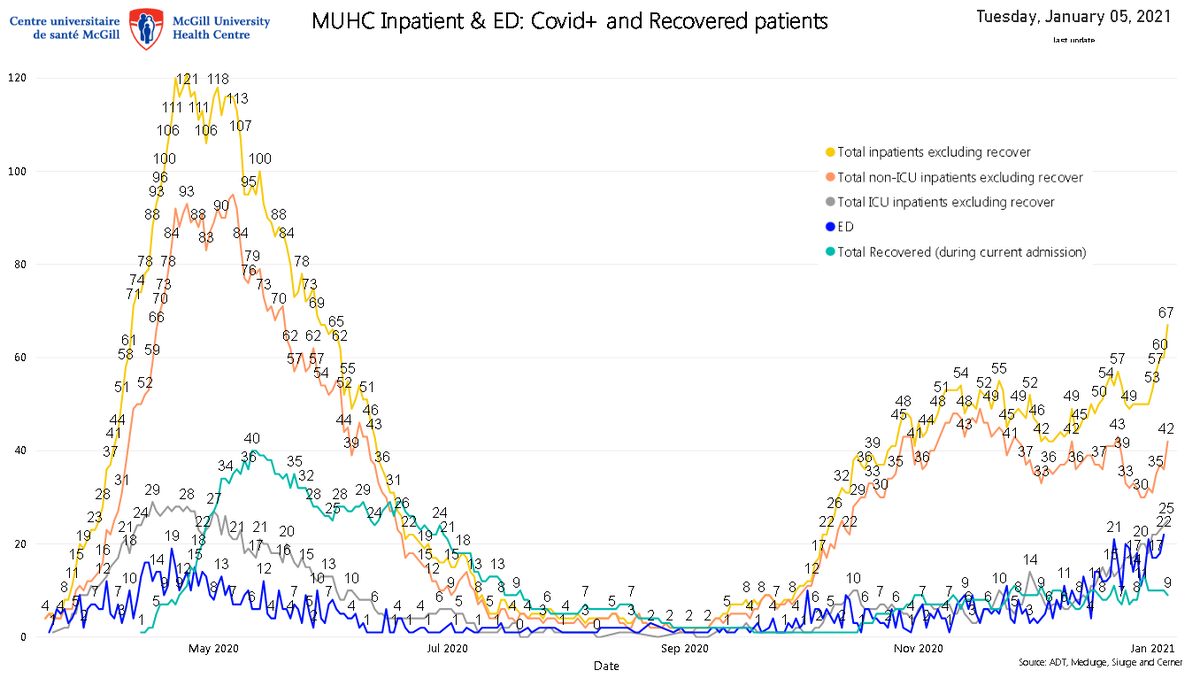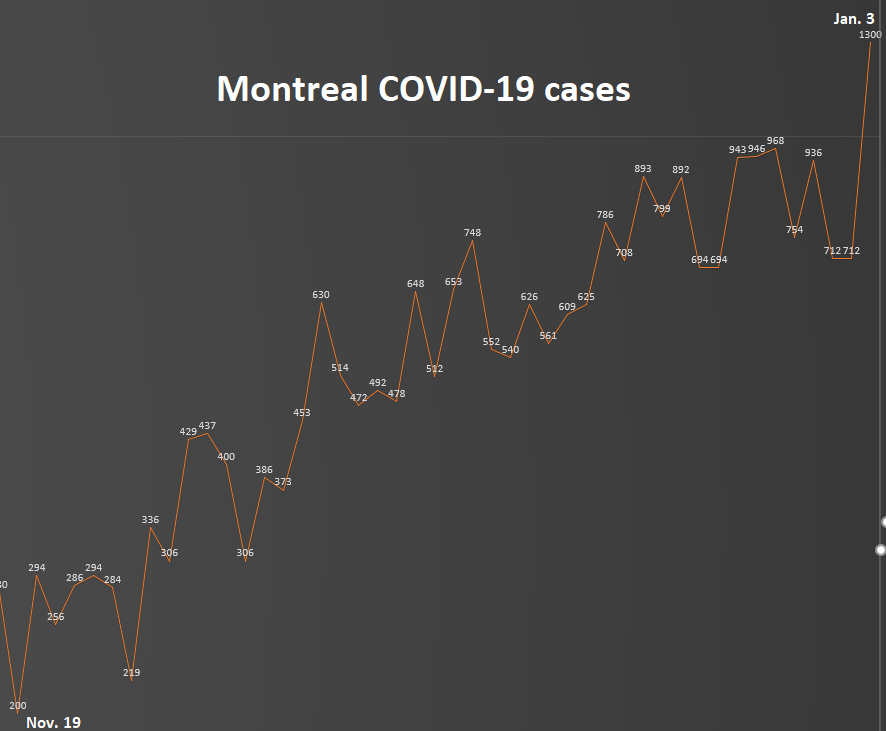
1) A Quebec public health advisor suggested Friday installing portable air purifiers in schools might produce the opposite effect, inadvertently causing the #coronavirus to spread in the air among students. In this thread, I will fact-check this assertion by Dr. Richard Massé.
2) This is what Dr. Massé had to say on the subject: “The committee also found that if they’re not installed properly they can create air movement that promotes the transmission of aerosols.” Upon what scientific basis did the committee reach this decision?
3) The answer to that question can be found in the scientific references listed in the back of the study by the Institut national de santé publique du Québec. The INSPQ cited a South Korean study which warns the “installation of air purifiers may cause new problems.” 
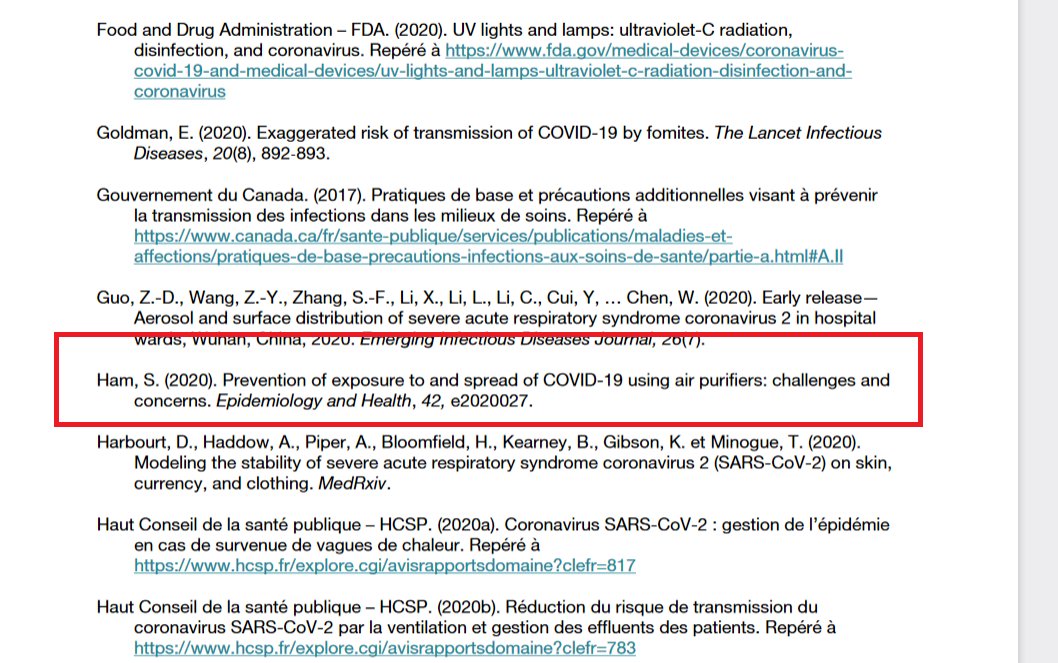
4) “When a (person) coughs or releases droplets near a colleague’s respiratory system, the droplets may spread throughout..via air flow from the air purifier,” the study concludes. However, that study did not focus on schools, but rather busy call centres in South Korea.
5) The study wasn't retrospective. It did not measure #COVID19 contagion among workers 𝙖𝙛𝙩𝙚𝙧 the portable air purifiers were installed in the call centres. Rather, the study conducted a pilot experiment 𝙗𝙚𝙛𝙤𝙧𝙚 installation of the purifiers on what could possibly occur.
6) The INSPQ study does allude to a ventilation guide by Harvard University’s School of Public Health. But it does not mention that those same Harvard experts strongly recommend portable HEPA air filtration in classrooms without proper ventilation.
7) At Friday’s news conference, rather than discuss the merits of portable air filtration based on the science, it appears an attempt was made to sow the seeds of doubt about a proven technology for poorly ventilated classrooms.
8) Thus, it’s in this context of an absence of portable air purifiers — but with some classroom windows open in the freezing cold of winter — that pupils will return to elementary schools. The last time these students returned to class in the fall, #COVID19 cases soon followed.
9) Meanwhile, the #pandemic set more records in the second wave in Quebec on Friday, with 1,403 #COVID19 hospitalizations and 207 intensive-care stays. The situation is so dire that the ICUs of Montreal’s two pediatric hospitals are to be used for adult patients. 
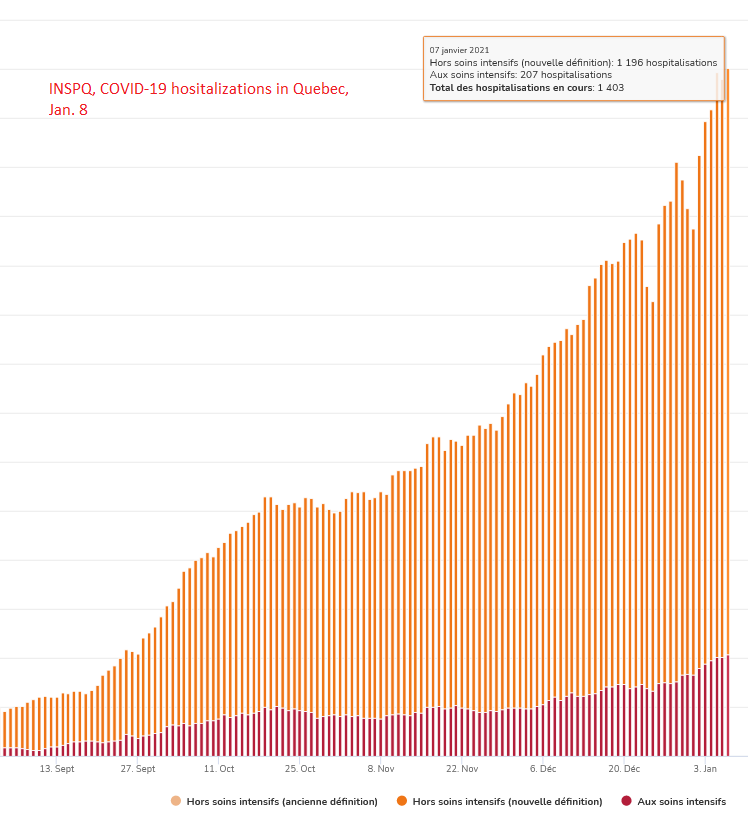
10) The seven-day rolling average in Montreal remained alarmingly high, at 44.94 #COVID19 cases per 100,000 residents. That’s nearly 20 points higher than the threshold to impose stay-at-home orders by Harvard. Yet students will return to class Monday. 

11) More context: Since the start of 2021, 51 people have died from #COVID19 in Paris, which has a population that’s slightly higher than Montreal’s. Since Jan. 1, Montreal has reported nearly double the number as the French capital: 96. End of thread. Stay safe, everyone. 
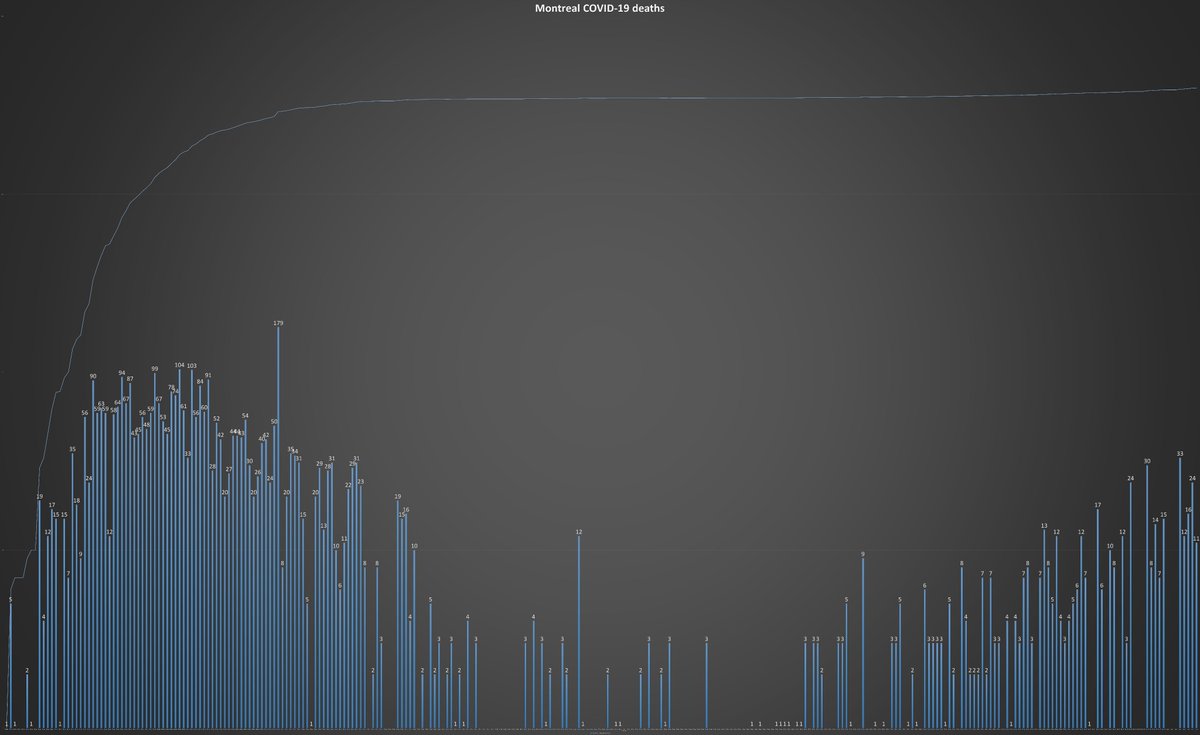
• • •
Missing some Tweet in this thread? You can try to
force a refresh


